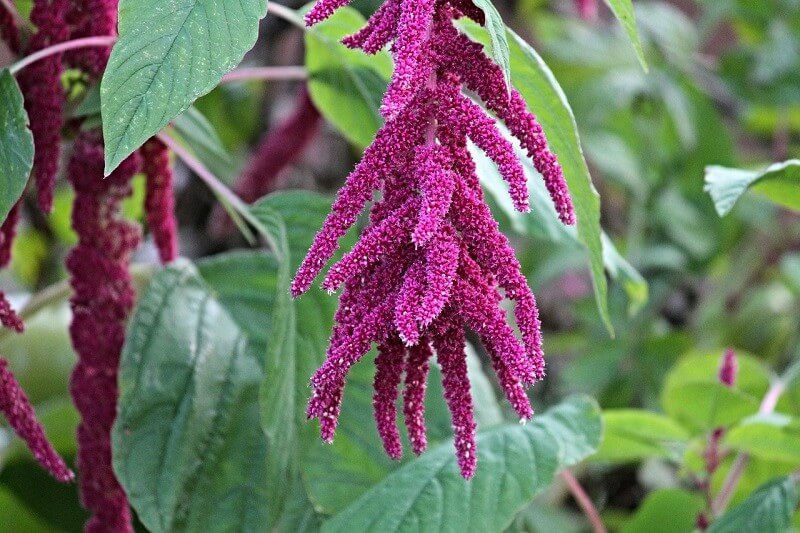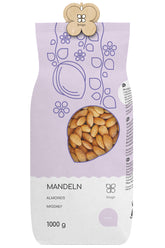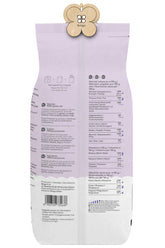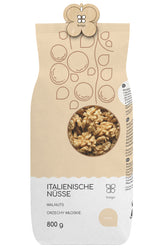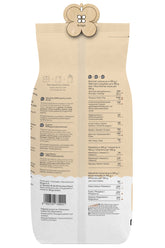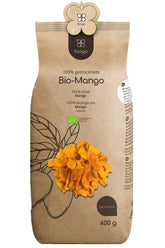What is amaranth? Discover the properties and benefits of one of the oldest cultivated plants
The history of amaranth is quite long. Already 4 thousand years ago, the legendary Mayans and Aztecs took advantage of its rich nutritional properties. Its cultivation was organized in large fields, and the plant was treated as sacred. The grains were ground into flour, which was used to make cakes or drinks. Amaranth was believed to add strength, bravery, and charisma. When it reached Europe, it quickly became valued, but... as an ornamental plant that beautifully enriches the design of gardens. The amaranth boom, or in other words, amaranth, exploded later when its exceptional nutritional values were discovered, which beat wheat, barley, or rye by a whisker.
Who is amaranth for? What are the benefits of amaranth?
The modest-looking yellow seeds are a source of easily digestible protein and amino acids. Amaranth is easily digestible and contains large amounts of fiber. It can be successfully administered for constipation in children, stomach upsets, and to improve intestinal peristalsis. Amaranth has also been shown to play a major role in lowering high blood pressure. It can also reduce inflammation, the risk of diabetes, and even heart disease or cancer.
It's undeniable that amaranth contains many valuable micronutrients. By incorporating amaranth into our diet, we provide the body with magnesium, calcium, iron, phosphorus, selenium, copper, and zinc. Studies show that 100 g of this grain contains approximately 248 mg of magnesium, 159 mg of calcium, and 7.6 mg of iron, making it superior to wheat in this regard. The iron provided by amaranth makes it a valuable part of the diet for people battling anemia. Just 100 g of amaranth is enough to supply the body with half of its daily requirement of this mineral.
Amaranth is also a very good source of calcium, making it especially valuable as an ingredient in children's diets, but adults will also benefit from this property. A very important feature of amaranth is that it is gluten-free. People suffering from celiac disease or gluten allergy should include amaranth in their diet on a permanent basis.
Another valuable property of this grain is its high content of squalene, a polyunsaturated hydrocarbon. This compound is responsible for inhibiting cell aging. Therefore, amaranth is recommended for people battling atherosclerosis, diabetes, and high cholesterol.
Amaranth in the kitchen
We can find at least several forms of amaranth in stores. These include flour , flakes , seeds, grains, expanded amaranth, oil, and products containing amaranth as an additive—cookies, chocolate bars, and bread. Amaranth can be used to make nutritious and healthy pancakes, crepes, toast, healthy bars, and even pies. It's a fairly versatile product in the kitchen, so our culinary imagination can tell us a lot.
that amaranth is an extremely valuable grain that provides health, energy, and flavor. It has a wide range of uses in the kitchen. Another benefit is that, when roasted, its high iron content helps prevent premature births and miscarriages, and folic acid protects against developmental disorders.
THE PUBLISHER'S CHOICE
Almonds 1 kg BIOGO
- £11.00
£13.00- £11.00
- Unit price
- / per
Walnuts 800 g BIOGO
- £8.00
£10.00- £8.00
- Unit price
- / per
Dried organic mango 400 g BIOGO
- £10.00
- £10.00
- Unit price
- / per
Dried White Mulberries 500 g ORGANIC
- £6.00
£7.00- £6.00
- Unit price
- / per
Dried organic figs 800 g BIOGO
- £27.00
- £27.00
- Unit price
- / per
Unpeeled buckwheat groats 1 kg BIOGO
- £3.00
£3.00- £3.00
- Unit price
- / per
Organic coconut flakes 500 g BIOGO
- £9.00
- £9.00
- Unit price
- / per
Organic oat flakes 600 g BIOGO
- £4.00
- £4.00
- Unit price
- / per
Organic cashew nuts 1 kg BIOGO
- £18.00
- £18.00
- Unit price
- / per
Milk thistle seeds 1 kg BIOGO
- £4.00
- £4.00
- Unit price
- / per




















































































































